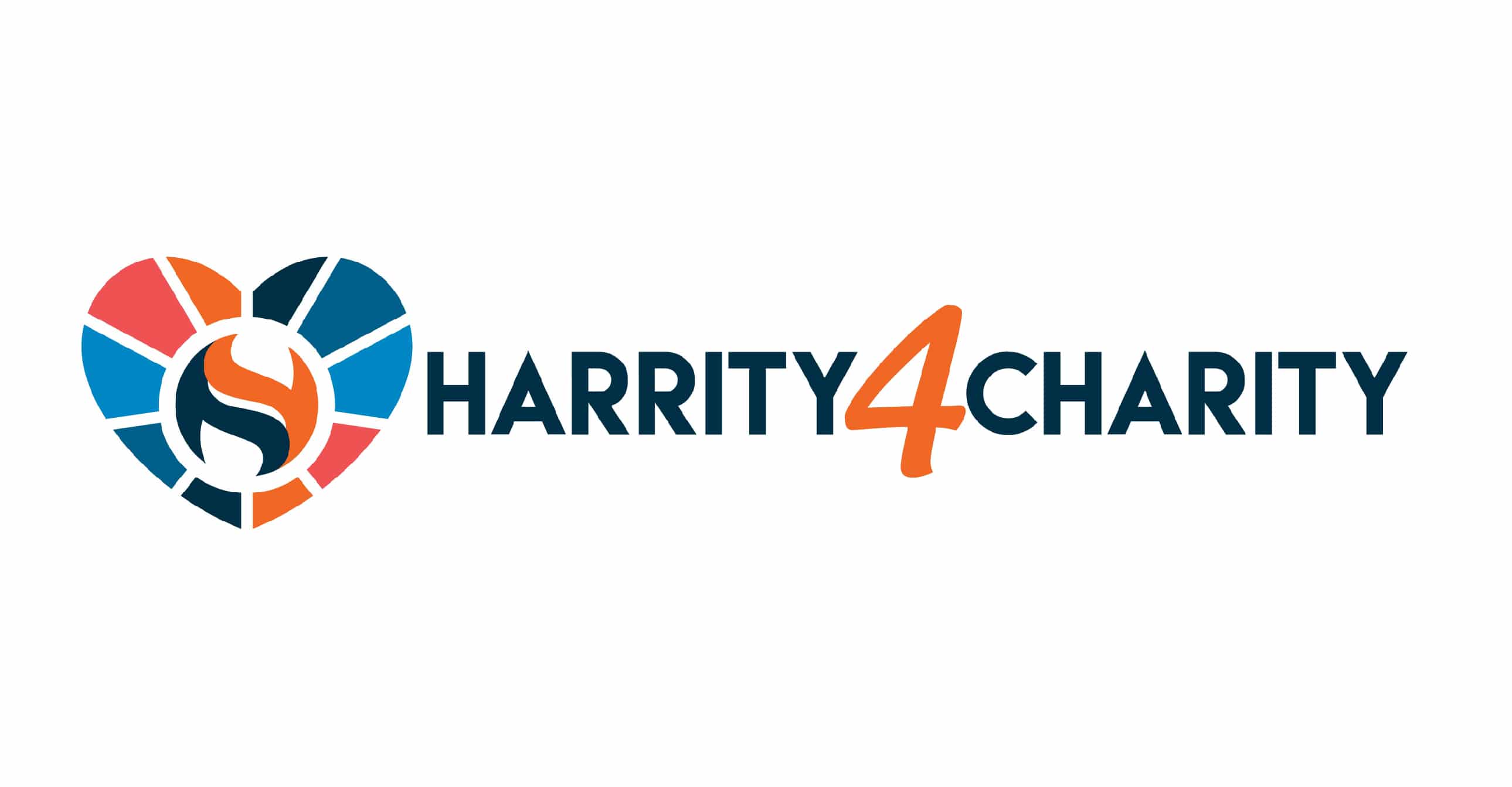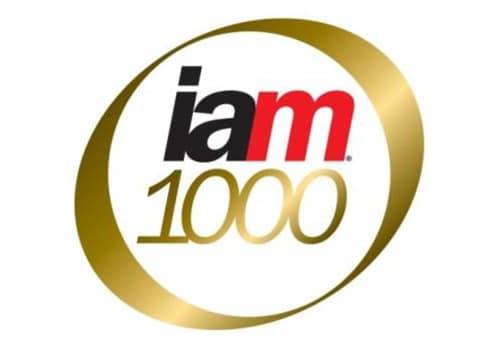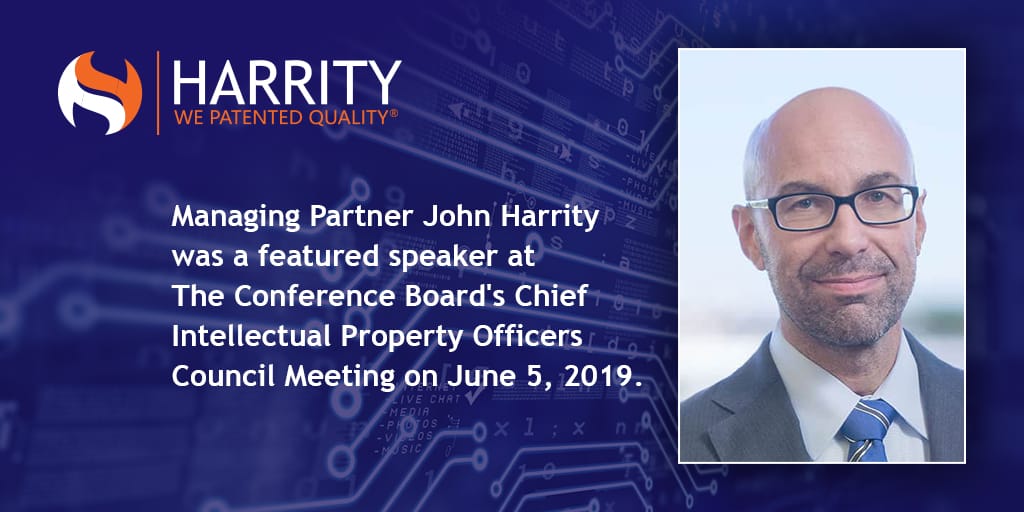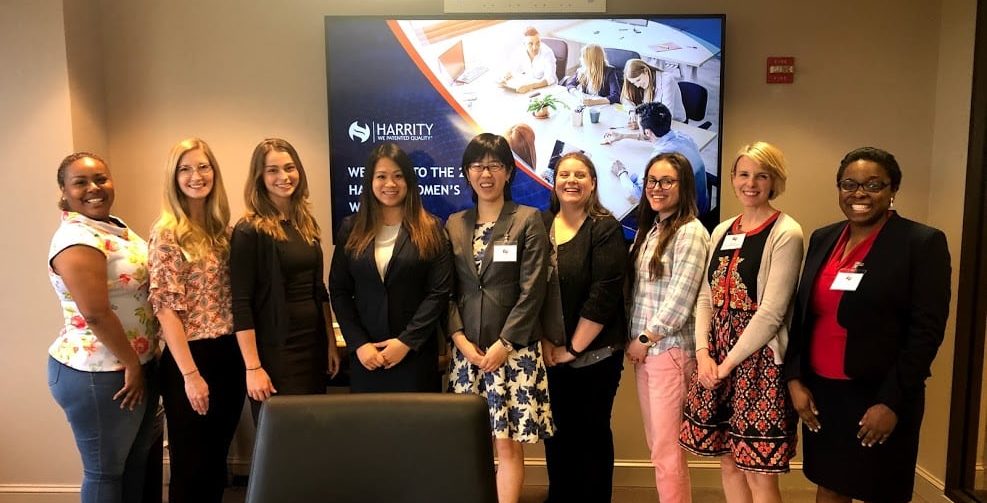Cryptography and Security Ranks as the #10 Technology Area in the 2019 Patent 300™ Report
By Rocky Berndsen
The 2019 Patent 300™ Report details the top 300 companies, organizations, and universities obtaining patents in the United States. Data from the report shows that nearly 70% of the U.S. patents obtained in 2018 were for electrical, software, or computer-related technologies. The top 10 technology areas, which represent 49% of the 167,164 U.S. patents obtained by Patent 300 companies in 2018, are dominated by electrical technologies.
As is shown in Chart 1, the Cryptography and Security technology area is the 10th largest technology area in 2018 with over 4,300 patents issued in the U.S. The Cryptography and Security technology area covers United States Patent & Trademark Office (USPTO) technology classifications related to secure communications and information security.
Chart 1 – Top 10 Technology Areas for Patent 300 (2018 U.S. Patents)
| Rank | Patent 300 Technology Area | 2018 U.S. Patents | Percentage of Total 2018 U.S. Patents |
|---|---|---|---|
| 1 | Semiconductors/Memory | 15,153 | 9% |
| 2 | Electrical Circuits and Systems | 13,215 | 8% |
| 3 | Multiplex and VoIP | 9,875 | 6% |
| 4 | Optics | 9,003 | 5% |
| 5 | Printing/Measuring and Testing | 8,641 | 5% |
| 6 | Thermal & Combustion Technology, Motive & Fluid Power Systems | 7,017 | 4% |
| 7 | Selective Visual Display Systems | 4,855 | 3% |
| 8 | Telecommunications: Analog Radio Telephone; Satellite and Power Control; Transceivers, Measuring and Testing; Bluetooth; Receivers and Transmitters; Equipment Details | 4,761 | 3% |
| 9 | Computer Networks | 4,544 | 3% |
| 10 | Cryptography and Security | 4,311 | 3% |
When you look at the top 20 companies obtaining patents in the Cryptography and Security technology area, shown in Chart 2, most of the companies are large technology companies such as IBM (#1), Dell (#2), and Intel (#4). In addition, there are also cryptography and security-focused companies like Symantec (#9) and Fortinet (#14). IBM ranks #1 on the list having obtained 613 U.S. patents in the Cryptography and Security technology area, which is a 3% increase over 2017. About 7% of IBM’s U.S. patents obtained in 2018 are classified in the Cryptography and Security technology area.
Chart 2 – Top 20 Companies by U.S. Patents in Cryptography and Security
| Patent 300 - Company Name | Patent 300 Rank in Cryptography and Security | Cryptography and Security Patents 2018 | % of Company’s 2018 U.S. Patents | Cryptography and Security Patents 2017 | Change from 2017 Patents |
|---|---|---|---|---|---|
| IBM | 1 | 613 | 7% | 595 | 3% |
| Dell | 2 | 257 | 12% | 232 | 10% |
| Amazon | 3 | 252 | 12% | 214 | 15% |
| Intel | 4 | 219 | 6% | 222 | -1% |
| Microsoft | 5 | 199 | 8% | 248 | -25% |
| Samsung | 6 | 123 | 2% | 107 | 13% |
| Alphabet | 7 | 119 | 5% | 144 | -21% |
| Cisco | 8 | 110 | 13% | 83 | 25% |
| Symantec | 9 | 103 | 70% | 134 | -30% |
| Bank of America | 10 | 89 | 28% | 76 | 15% |
| AT&T | 11 | 83 | 7% | 93 | -12% |
| Qualcomm | 12 | 82 | 3% | 81 | 1% |
| Apple | 13 | 73 | 3% | 67 | 8% |
| Fortinet | 14 | 67 | 52% | 55 | 18% |
| Oracle | 15 | 57 | 8% | 64 | -12% |
| Huawei | 16 | 56 | 3% | 53 | 5% |
| Verizon | 17 | 56 | 9% | 64 | -14% |
| Blackberry | 18 | 48 | 13% | 52 | -8% |
| Canon | 19 | 47 | 1% | 48 | -2% |
| Ericsson | 20 | 47 | 3% | 43 | 9% |
Cryptography and Security is an important technology area in the patent world with over 4,300 U.S. patents in 2018 alone. The importance and value of this technology is only increasing as evidenced by the daily news headlines related to data privacy, data security, and secure communications.
For more detailed information about this technology area, or any other data related to the 2019 Patent 300™ Report, please visit harrityllp.com/patent300/ or contact Rocky Berndsen directly via email at rberndsen@harrityllp.com.

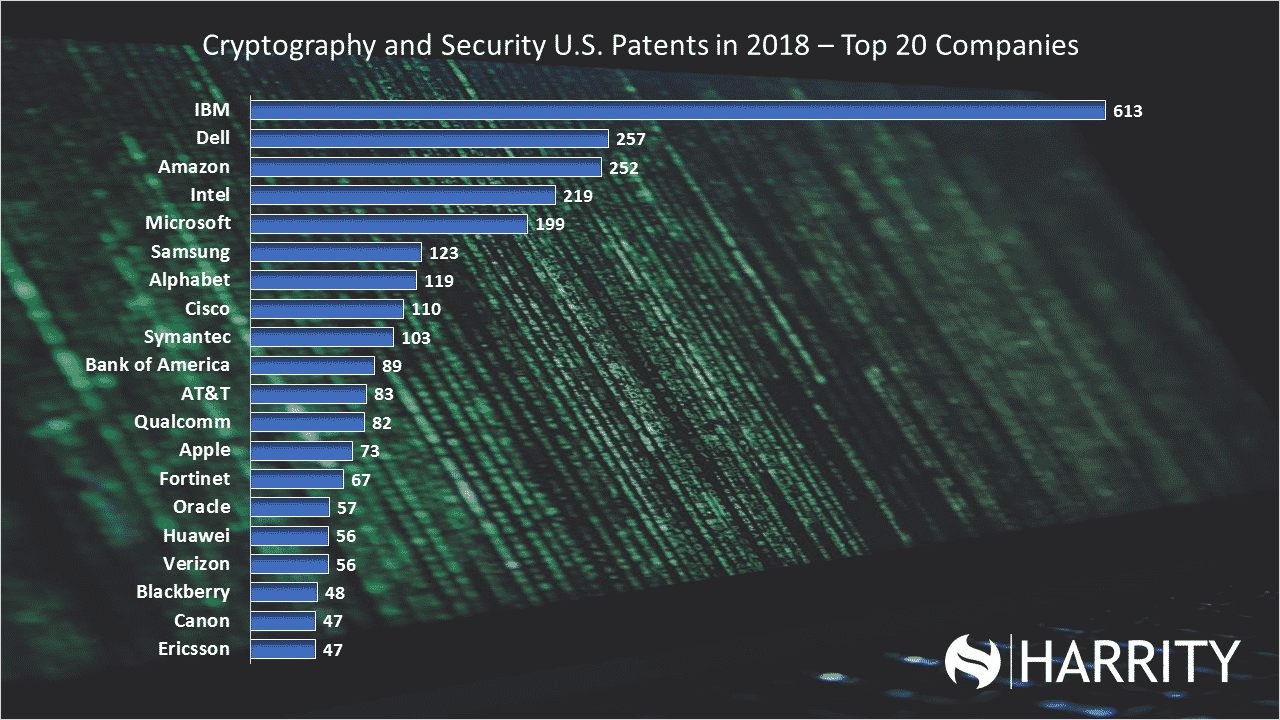
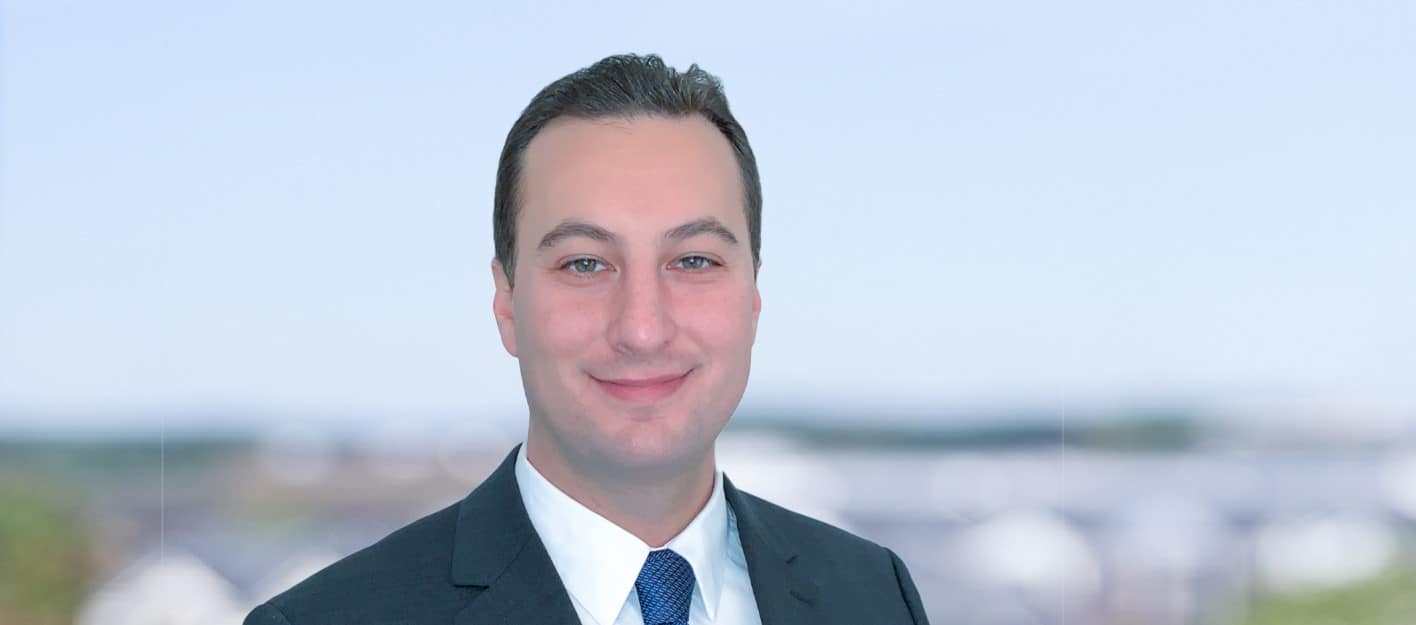
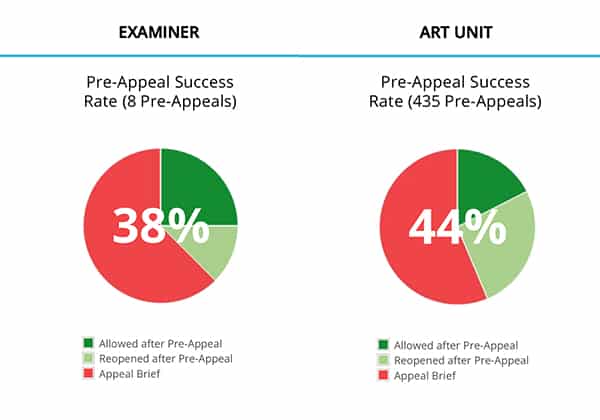
.jpg)




